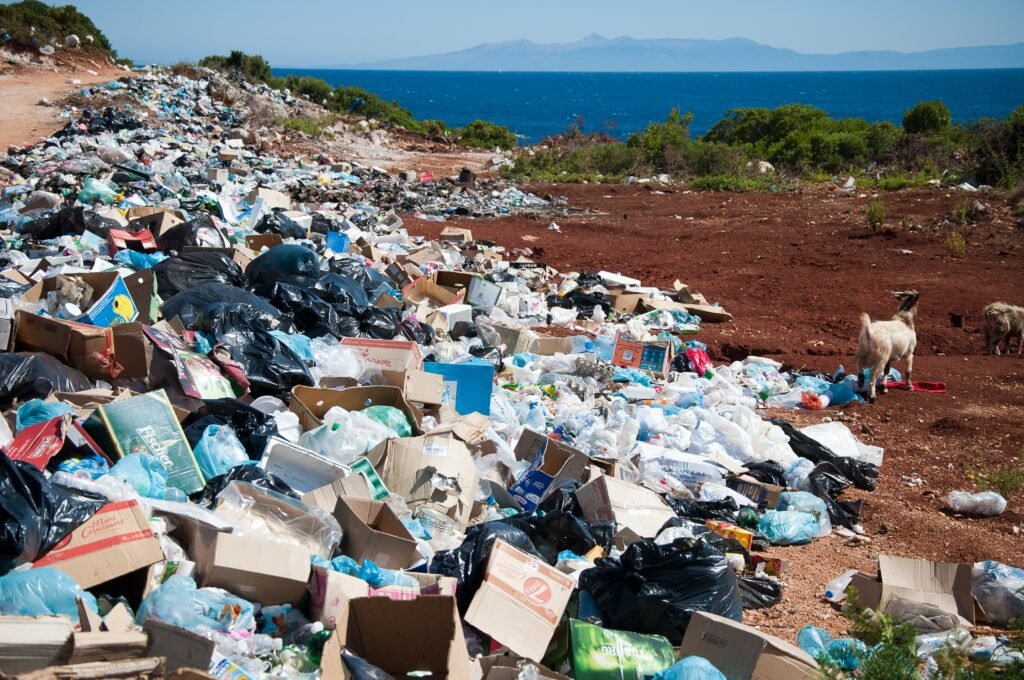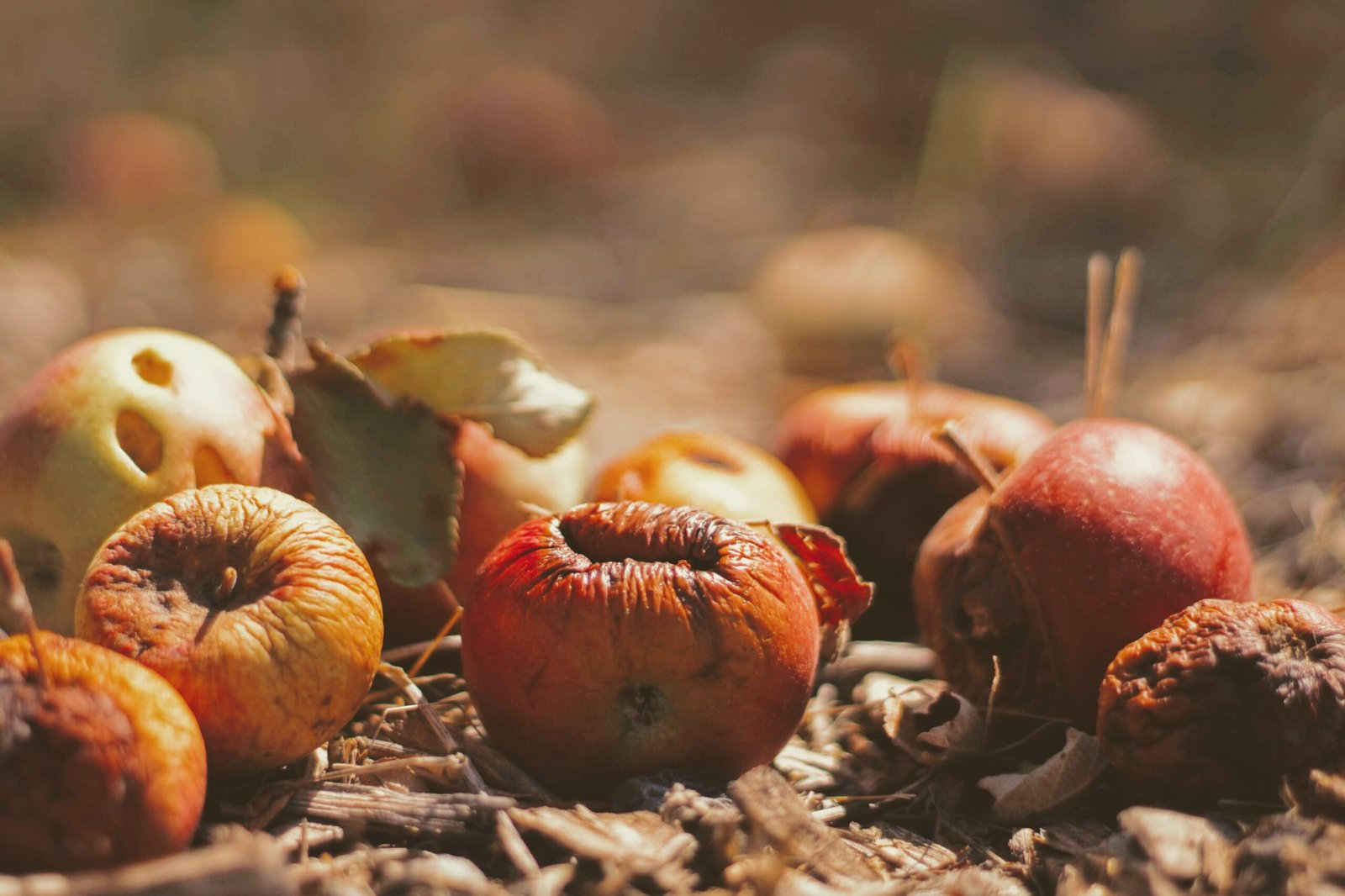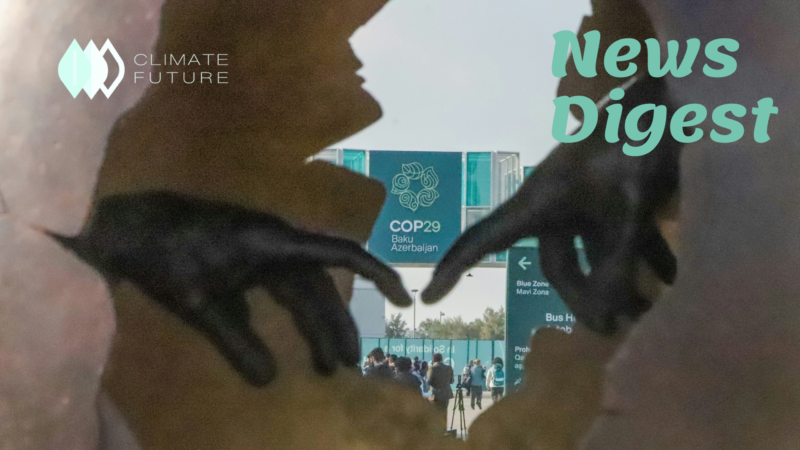Food has a very high degree of complexity. It is a vital component of all societies, something we must survive, and an enjoyable activity. Sadly, a large portion of its production and consumption cause additional issues including food waste and loss. Though this is a global issue, there are particular considerations when attempting to comprehend and address food loss and waste in Southeast Asia. The majority of lost food finds its way into landfills where it decomposes in the absence of adequate waste management. Additionally, food loss and waste result in the vast waste of resources required to create food, mostly through agriculture.
The international community has pledged to cut food waste in half and minimize food loss throughout supply chains by means of Sustainable Development Goal 12 Target 3. Approximately 61% of total garbage originates from homes globally. This is also true in Southeast Asia, where the average household wastes 82 kg of food annually. However, regarding food loss and waste, Southeast Asian food systems differ significantly from one another.
Amount of food waste in the region
Southeast Asia’s population is predicted to increase from 670 million in 2020 to 750 million by 2035, a 12 percent increase. The region’s volatile climate and fast population expansion will increase food consumption by 40% by 2050.Food waste happens along the entire supply chain of the food industry, from the field to the fork. Food loss, or food wasted before it reaches the point of sale, is just as important as post-consumer waste, which makes up 47% of all food waste worldwide. Food loss is a major concern in Southeast Asia.
The results of the most recent poll conducted by Singaporean research company Blackbox, which involved over 8,500 participants, were startling and enlightening. Just 5% of the participants confirmed that they recycled food. This insignificant number illustrates a stark and unsettling discrepancy between the extent of the food waste issue and the degree of dedication and engagement displayed by the general population in addressing it.

This highlights the need for comprehensive public awareness campaigns as well as initiatives aimed at fostering a culture of responsibility and proactive participation in the fight against food waste among Southeast Asians. It also reveals a gap in community awareness and engagement that needs to be immediately bridged.
Lack of proper waste management system
Despite efforts to address the issue, most food and recyclable trash in Southeast Asia ends up in landfills or open dumps. Governments around the region are working to encourage consumer adoption of recycling, as rates are much below 50%. Despite official efforts to discourage dangerous practise, such as Indonesia’s Waste Management Law of 2008, open dump sites are the standard in many parts of Southeast Asia. In fact, current sanitary landfills are becoming open dumps due to rising consumption rates and a lack of resources to control the flow of garbage to landfills. These locations provide significant risks to nearby residents’ health, safety, and environment.

Post-harvesting: one of the food waste problems
Food loss happens earlier in the supply chain before food reaches stores or customers. Losses incurred during post-harvest procedures such as processing, storage, and transportation are included in food loss. In Thailand, for example, losses from handling and storage account for the majority of the estimated 19% of cereal grain losses. Approximately 33 percent of rice is lost during the drying process in the Philippines. Within Southeast Asia, the household is the primary offender, with each member wasting about 82 kg of food per year (the UNEP Food Waste Index 2021). About 19% of cereal grains are lost during processing and storage in nations like Thailand, meaning that they never reach the market.
The Food and Agriculture Organisation (FAO) estimates that post-harvest losses make up around one-third of global food production, which makes it one of the main factors contributing to food insecurity for millions of people worldwide. Roughly 17 percent of all food produced in Southeast Asia is lost or wasted. Twenty percent of the harvested crops are lost annually in a country like Indonesia, and up to fifty percent are lost in the Philippines.
Mitigating agricultural losses after harvest can yield significant benefits. For example, a forty percent reduction in these losses in Southeast Asia would be the same as obtaining the food output from 1.8 million hectares of land, or around twenty-two percent of Malaysia’s agricultural area. Approaches and technologies, both conventional and cutting edge, that tackle the root causes of losses can lead to this potential gain in the land.
Challenges in reducing food waste
Gather resources and put a strategy into action: Southeast Asia’s food and agriculture sectors require revitalization. Since technology adoption slows, funding in this field could have a particularly significant effect. Convincing farmers and people involved in the food processing industry to embrace technology would probably require a great deal of teaching, and mobilizing troops on the ground would be the only option. The ideal people to achieve this might be government organizations and IT companies, though they would need to put in a lot of work. However, if this venture is successful, it might draw in a younger, more sophisticated staff.
Initiatives to solve food waste issue
It is found that 64% of food waste is avoidable. Instead of scavenging hazardous open dump sites, this fraction of food waste should be managed to make it conveniently accessible to people who need it. Already, startups are making an effort to close the gap between hunger and food waste. In order to effectively collect and divert organic material before it is delivered to landfills, creative methods need to be implemented to account for the remaining 36% of food waste, which is non-edible and inevitable.
By using innovations like the FoodCycler, food waste can be eliminated up to 5 liters every 4–9 hours. The purpose of these compact, little devices is to operate indoors. They produce very little sound and no smell. Their energy consumption is minimal, and they have the potential to minimize food waste by 90%, encompassing meat, dairy, and certain bones.

Food loss and waste is a secret catastrophe that is playing out in Southeast Asia’s green fields and busy markets. With efficient and sustainable food systems on the one hand and rising food loss and waste on the other, the region finds itself at a turning point as 2030 draws near. With ramifications not only for the local community but the entire world, the decisions made today will inevitably influence the food landscape of the future. In order to navigate towards a sustainable, food-secure future, it is essential to comprehend the subtleties of Southeast Asia’s intricate and vibrant food system.
References
https://greennetwork.asia/brief/food-loss-and-waste-in-southeast-asia/
https://changemakr.asia/tossed-away-the-silent-crisis-of-food-loss-and-food-waste-in-southeast-asia/



